How to Remove “Other” Data Stored on the iPhone, iPad, iPod touch
Most iOS users encounter “Other” for the first time when they connect their iPhone, iPad, or iPod touch to a computer, where they’ll find it listed in the little iTunes usage bar graph. With everything else so well labeled, Other can be a bit of a mystery, particularly when it takes up a ton of storage in iOS.

What is ‘Other’ space?
The “Other” storage space is generally a combination of local caches from apps, browsers, mail, Messages, Reading List, saved games, app-specific documents and data, notes, and voice memos. Knowing this, it’s actually pretty easy to recover most of the space consumed in that category by targeting those things specifically.
This guide will apply to all iOS devices, though the iPhone will likely benefit the most because of the Messages trick. Nonetheless, if Other is gigantic on an iPad or iPod touch, these methods will work there as well.
Read more »

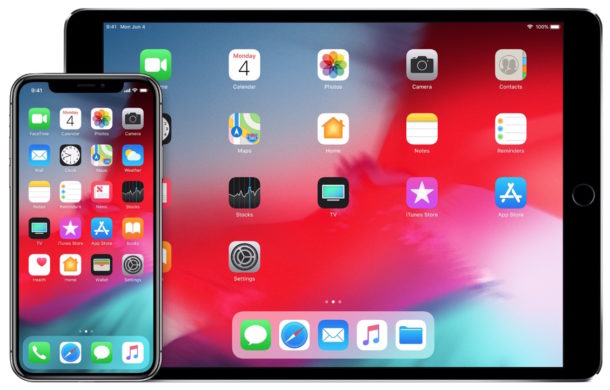

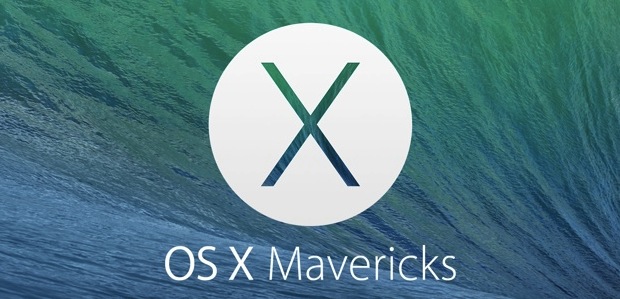
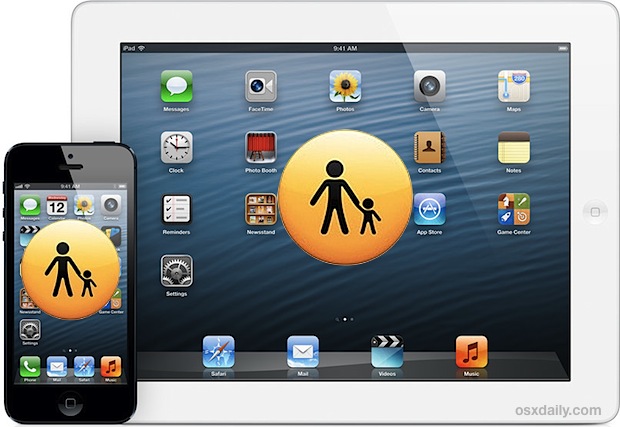

 In an unusual and fairly rare situation, the Mac cursor can randomly disappear from OS X. More accurately, the cursor itself becomes invisible, because you can still click around on the screen but without being able to see what the mouse or trackpad is focused on.
In an unusual and fairly rare situation, the Mac cursor can randomly disappear from OS X. More accurately, the cursor itself becomes invisible, because you can still click around on the screen but without being able to see what the mouse or trackpad is focused on.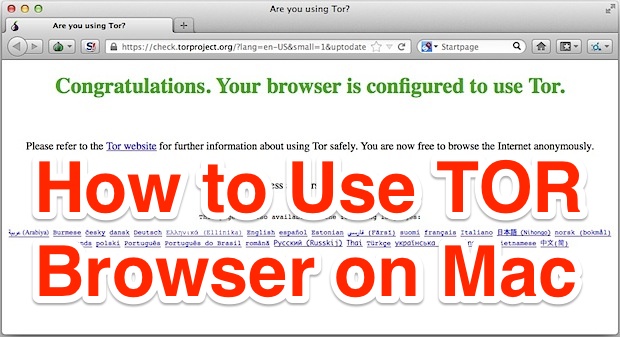



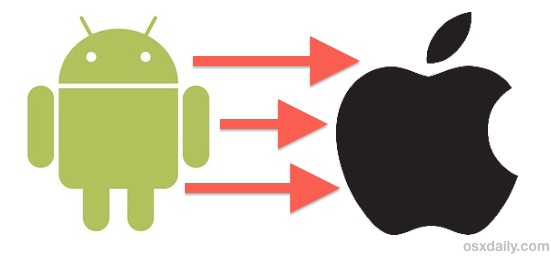
 Lavabit is a secure and encrypted email platform that has been getting a lot of attention lately in light of recent news events. Lavabit aims to prevent reductions of privacy, and so not only does Lavabit have excellent antispam and antivirus features along with your standard email niceties like autoresponders, its most relevant feature at the moment is the usage of SSL and asymmetric encryption for incredibly secured email communications. Here’s the brief description of Lavabits security features, but for those truly interested you can
Lavabit is a secure and encrypted email platform that has been getting a lot of attention lately in light of recent news events. Lavabit aims to prevent reductions of privacy, and so not only does Lavabit have excellent antispam and antivirus features along with your standard email niceties like autoresponders, its most relevant feature at the moment is the usage of SSL and asymmetric encryption for incredibly secured email communications. Here’s the brief description of Lavabits security features, but for those truly interested you can 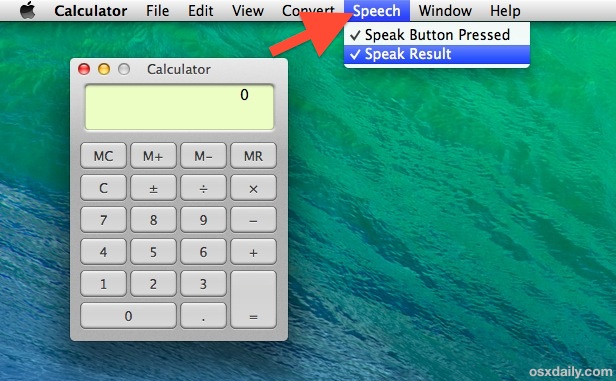
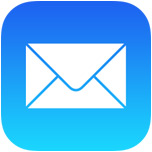 Tired of the “Sent from my iPhone / iPad”
Tired of the “Sent from my iPhone / iPad” 
